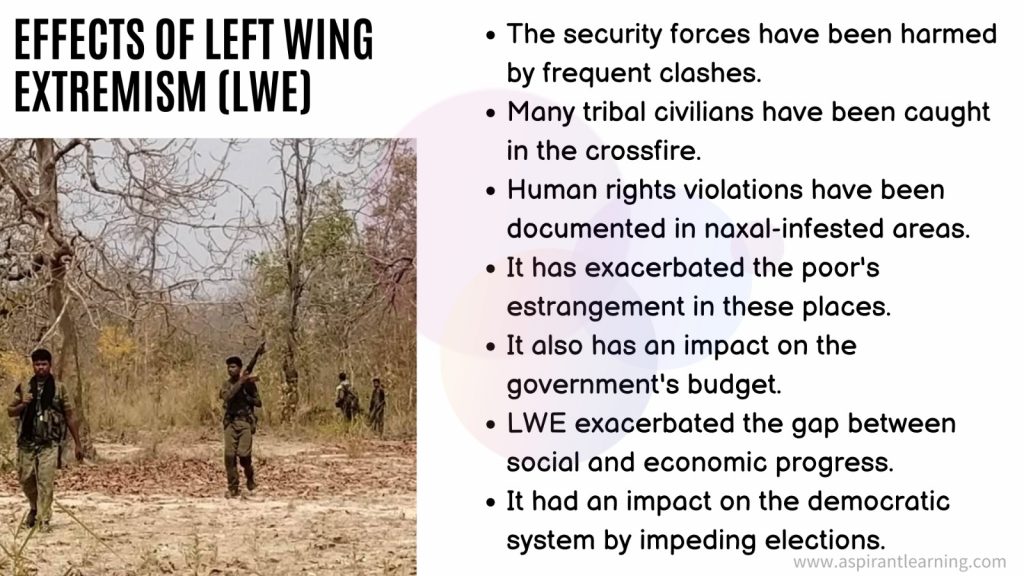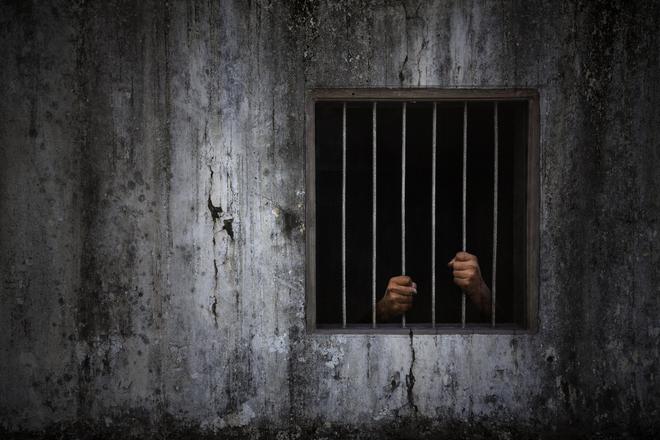News Highlight
The Maoist attack in South Bastar reflects the group’s potency.
Key Takeaway
- Less than two years ago, the Union Home Minister told state leaders and legislators that the Maoists’ influence had shrunk from 96 districts in ten states in 2010 to just 41 by late 2021.
- Close watchers of the Maoist insurgency had cautioned that, despite their collapse, the Maoists were still active in South Bastar, the Andhra-Odisha border, and some Jharkhand districts.
- A huge IED blast killed a District Reserve Guard squad of Chhattisgarh police.
- The fact that it was followed by gunfire reflects the threat that Maoists continue to pose in the south Bastar region.
Chhattisgarh Naxal Attack
- Overview
- Maoists exploded an IED in south Chhattisgarh’s Dantewada district, more than 350 kilometres from the state capital Raipur, killing ten District Reserve Guard (DRG) jawans and their driver.
- This is the state’s largest Maoist attack on security forces in the preceding two years.
- In 2021, 22 security officials were killed in an ambush along the Sukma-Bijapur district line.
- The geographical crossroads of Chhattisgarh, Telangana, and Odisha are located at the southern point of Sukma district in south Bastar.
- It includes the devastating Maoist attack in Dantewada in 2010, which killed 75 CRPF troops and one Chhattisgarh police officer.
Left Wing Extremism (LWE)
- About
- It is the single most serious internal security danger facing India’s states.
- LWE seeks to destabilise the present democratic state system through violence as a primary weapon, with mass mobilisation and strategic united fronts as additional components.
- They intend to launch a ‘New Democratic Revolution’ in India.
- Left-wing extremists are known as Maoists worldwide and as Naxalites in India.
Causes for the spread of LWE
- Land Related Factors
- Encroachment and occupation of government and community lands by powerful social groups.
- Inadequate title to public land cultivated by landless poor.
- In the Fifth Schedule areas, laws preventing the transfer of tribal land to non-tribals are not being enforced.
- Traditional land rights are not being recognised.
- Displacement and Forced Evictions
- Eviction from historically indigenous lands.
- Displacement induced by irrigation and power developments without proper restoration plans.
- Land acquisition on a large scale for ‘public reasons’ without adequate compensation or rehabilitation.
- Social Exclusion
- Denial of dignity.
- Untouchability of various kinds is still practised in some locations.
- Poor implementation of special legislation on atrocity prevention, civil rights protection, and the prohibition of bonded labour, among other things.
- Governance-Related Factors
- Corruption and insufficient or non-provision of basic public services such as primary health care and education.
- Police abuse of authority and infringement of legal norms.
- Perversion of electoral politics and ineffective operation of local government agencies.
Current LWE situation in India
- Maoist violence came down
- According to the Ministry of Home Affairs, Maoist violence in the country has decreased by 77% since 2010;
- The number of fatalities (security forces and civilians) has decreased by 90% from an all-time high of 1,005 in 2010 to 98 in 2022.
- The number of districts declared Naxal-affected
- The government has reduced the number of Naxal-affected areas from around 200 in the early 2000s to just 90.
- According to it, the geographical distribution of violence is limited to only 45 areas.
- According to the MHA, the arc of violence has been significantly narrowed, with only 25 areas accounting for 90% of LWE violence.
- The presence of Naxals is claimed to be minor to non-existent in former strongholds such as Andhra Pradesh, Telangana, Odisha, Jharkhand, and Bihar.
Government Initiatives
- Greyhounds
- It was founded in 1989 as an elite anti-naxal force.
- Operation Green Hunt
- It started in 2009-10, with massive deployments of security forces in naxal-affected areas.
- LWE Mobile Tower Project
- To improve cell coverage in LWE areas, the government permitted the construction of mobile towers in LWE-affected states in 2014.
- Aspirational Districts Programme
- It was launched in 2018 to improve areas with less development in crucial socioeconomic sectors quickly.
- Operation ‘SAMADHAN’
- It is the Ministry of Home Affairs’ initiative to deal with the Naxal problem.
- S– Smart leadership
- A- Aggressive strategy
- M– Motivation and training
- A- Actionable Intelligence
- D– Dashboard Based KPIs (key performance indicators) and KRAs (key result areas).
- H– Harnessing technology
- A– Action plan for each theatre
- N- No access to financing
- Salwa Judum
- A militia was formed and deployed as part of anti-insurgency operations in Chhattisgarh, India, to combat Naxalite violence in the region.

Pic Courtesy: The Hindu
Content Source: The Hindu



